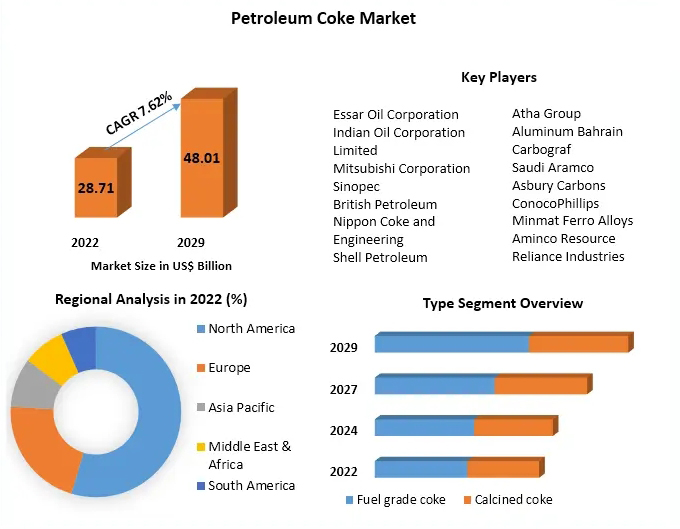
Calcined Petroleum Coke (CPC) is a valuable material in various industrial applications, including aluminum production, steel manufacturing, and energy production. The quality and performance of CPC are directly influenced by its chemical composition. This article delves into the importance of composition analysis in understanding the properties and applications of CPC.

Calcined Petroleum Coke is a product of the oil refining process. It starts as raw petroleum coke, a carbon-rich material derived from the distillation of crude oil. Raw petroleum coke is then thermally treated at high temperatures (typically above 1300°C) in a process known as calcination. This process drives off volatile components, moisture, and impurities, leaving behind a highly carbonaceous material with a carbon content typically between 98-99%.
Composition analysis is the systematic examination of the elemental makeup of a material. In the case of CPC, it involves determining the percentage of various elements and compounds present in the product. This analysis is critical for several reasons:
Quality Control: Composition analysis is a fundamental aspect of quality control in CPC production. Producers must ensure that the product meets specific standards and customer requirements, which often include maximum limits for impurities like sulfur and metals.
Application Suitability: Different industrial applications have varying requirements for CPC composition. Aluminum smelting, for example, demands CPC with very low sulfur and metal content, as impurities can negatively impact the smelting process. Composition analysis helps in tailoring CPC for specific applications.
Environmental Compliance: In an era of increasing environmental awareness, composition analysis is vital to ensuring that CPC meets environmental regulations. It helps track elements that may have environmental implications, such as sulfur, nitrogen, and volatile matter.
Carbon Content: The carbon content of CPC is typically the most significant parameter. It is essential for determining the product's suitability for various applications. High carbon content is desirable, as it provides better electrical conductivity and heat resistance.
Sulfur Content: Sulfur content is a critical parameter, especially in aluminum production. Excess sulfur can lead to the formation of undesirable compounds during smelting. Ensuring low sulfur levels is essential for quality CPC.
Metal Content: The presence of metals, such as vanadium, nickel, and iron, in CPC can be detrimental to certain applications. For example, vanadium and nickel can act as catalyst poisons in some processes. Therefore, monitoring and limiting metal content are crucial.
Nitrogen Content: Nitrogen can be present as impurities in CPC. Its content is important to avoid the formation of nitrogen oxides (NOx) during combustion, which can have environmental implications.
Volatile Matter: The volatile matter in CPC represents the percentage of material that will vaporize when heated. It is a crucial parameter for understanding how CPC will behave in high-temperature processes, such as in aluminum smelting.
Several analytical techniques are employed to determine the composition of CPC:
Elemental Analysis: Elemental analysis methods, such as combustion analysis, can be used to determine the carbon, hydrogen, sulfur, and nitrogen content of CPC.
X-ray Fluorescence (XRF): XRF is a non-destructive technique used to determine the elemental composition of solid materials, including the presence of metals.
Inductively Coupled Plasma (ICP): ICP is used to measure trace metal content in materials. It is particularly useful for analyzing the presence of metals in CPC.
Proximate and Ultimate Analysis: Proximate analysis determines moisture, volatile matter, fixed carbon, and ash content, while ultimate analysis determines the carbon, hydrogen, sulfur, nitrogen, and oxygen content.
Composition analysis is an indispensable aspect of understanding and controlling the properties of Calcined Petroleum Coke. It ensures that CPC meets quality standards, is tailored to specific applications, and complies with environmental regulations. Through the precise measurement of key parameters such as carbon content, sulfur content, metal content, nitrogen content, and volatile matter, the industry can continue to produce high-quality CPC that plays a vital role in various industrial processes. Accurate composition analysis remains pivotal to the reliability and sustainability of CPC in its diverse applications.

Write a Message